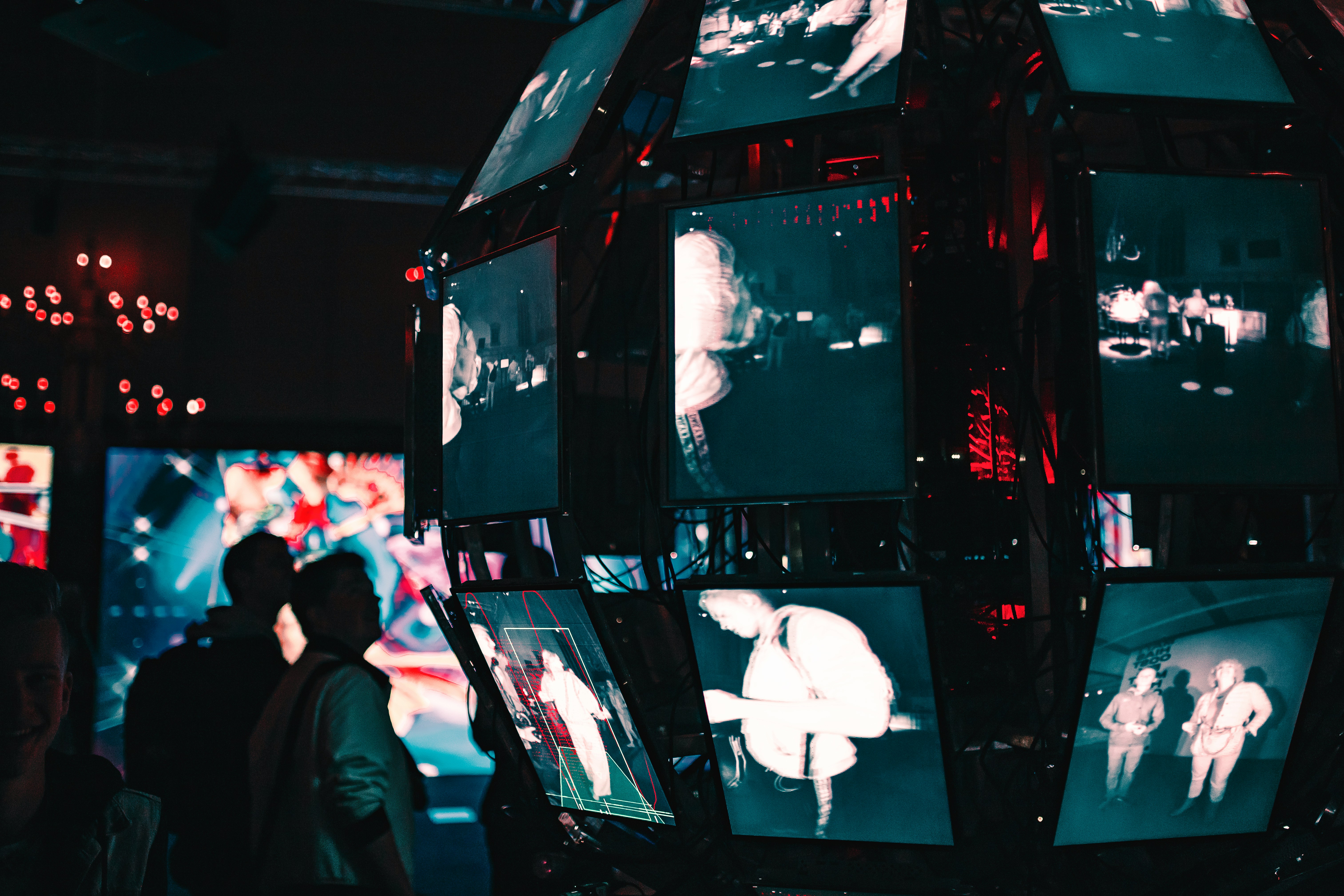Bridging Reality and Fiction: Augmented Reality in Everyday Tech
With the rapid advancement of technology, augmented reality (AR) is seamlessly infiltrating our everyday lives. It's not just about Pokemon Go anymore; AR has evolved into a transformative tool, reshaping industries and changing the way we interact with the digital world.

A Journey Through Time: The Evolution of AR
Augmented reality has come a long way since its inception. While the concept dates back to the 1950s, the first functional AR system didn’t appear until the 1990s, developed by Louis Rosenberg for the U.S. Air Force. The system, known as Virtual Fixtures, superimposed robotic arm movements onto the human field of view, enhancing performance and precision.
Since then, AR has evolved significantly, migrating from specialized military applications to mainstream consumer products. In 2016, the release of Pokemon Go brought AR into the limelight, demonstrating its potential in gaming. However, the scope of AR extends far beyond entertainment.
AR in the Now: Current Applications and Developments
Today, AR is finding its place in various sectors, from education and healthcare to retail and real estate. In education, AR is transforming learning into an interactive experience, helping students visualize complex concepts. In healthcare, AR is assisting surgeons with intricate procedures by providing real-time 3D models.
Even social media platforms are harnessing the power of AR. Snapchat and Instagram have introduced AR filters, allowing users to augment their faces with virtual elements. Meanwhile, tech giants like Apple and Google are investing heavily in AR, developing platforms like ARKit and ARCore to enable the creation of AR apps.
The AR Marketplace: Product Impact and Price Range
The AR market is burgeoning, projected to reach $198.17 billion by 2025. AR glasses, like the Microsoft HoloLens, are leading the charge, offering immersive experiences that blend the digital and physical worlds. However, these high-end devices come with a hefty price tag, with the HoloLens 2 retailing for $3,500.
On the other hand, smartphone-based AR apps offer a more affordable entry point into the AR world. These apps leverage the capabilities of existing smartphones, eliminating the need for specialized hardware.
AR Tomorrow: The Future of Augmented Reality
While AR is already having a profound impact, its potential is far from tapped. Future applications could see AR enhancing our daily lives in unimaginable ways. Imagine AR glasses that overlay navigation directions onto the real world or apps that allow you to virtually try on clothes from your favorite online store.
However, to realize this potential, several challenges need to be overcome. These include improving AR hardware, developing more intuitive user interfaces, and addressing privacy and security concerns.
AR is not just a buzzword; it’s a transformative technology that’s reshaping our world. As we stand on the brink of this digital revolution, it’s clear that the line between reality and the digital world is blurring. In the world of AR, the possibilities are as endless as the reality is augmented.




